Peachleaf Willow Facts – Peachleaf Willow Identification And More

Few trees are easier to grow than native willows, as long as the selected site has moist soil and is located close to a source of water, such as a stream or pond. Peachleaf willow trees (Salix amygdaloides) share these cultural requirements with most other members of the Salix genus.
What is a peachleaf willow? It’s not hard to identify peachleaf willows since they have leaves that look similar to the foliage of peach trees. Read on for peachleaf willow facts that describe this native tree.
What is a Peachleaf Willow?
Peachleaf willow trees are small to medium sized trees growing to 40 feet (12 m.) tall. Peachleaf willow facts tell us that these trees may grow with one trunk or several and produce pale twigs that are glossy and flexible.
The foliage of this tree helps with peachleaf willow identification. The leaves resemble peach leaves-- long, slender, and a greenish yellow color on top. Underneath is pale and silvery. The willow flowers appear with the leaves in spring. The fruits are loose, open catkins and ripen to release the tiny seeds in spring.
Peachleaf Willow Identification
If you are trying to identify a willow tree in your backyard, here are some peachleaf willow facts that might help. Peachleaf willow usually grows near water sources such as streams, ponds, or low areas. Its native habitat ranges from southern Canada across the United States, except in the extreme northwestern and southeastern regions.
For peachleaf willow identification, look for the shiny yellow twigs, drooping branches, and leaves with a silver underside that glimmer in a breeze.
Growing Peachleaf Willows
Peachleaf willows produce many seeds, but this may not be the best way to propagate them. While relatively hard to grow from seed, peachleaf willow trees are easy to grow from cuttings.
Gardening tips, videos, info and more delivered right to your inbox!
Sign up for the Gardening Know How newsletter today and receive a free copy of our e-book "How to Grow Delicious Tomatoes".
If you cut a bouquet of branches in spring for an indoor display, you are on your way to having new trees. Change the water regularly and wait for the branches to root. When they do, plant your young willow trees outdoors and watch them grow.

Teo Spengler is a master gardener and a docent at the San Francisco Botanical Garden, where she hosts public tours. She has studied horticulture and written about nature, trees, plants, and gardening for more than two decades. Her extended family includes some 30 houseplants and hundreds of outdoor plants, including 250 trees, which are her main passion. Spengler currently splits her life between San Francisco and the French Basque Country, though she was raised in Alaska, giving her experience of gardening in a range of climates.
-
 Looking For Plants To Give You The Soft And Fuzzies? Try These 5 Fuzzy Leaf Plant Options
Looking For Plants To Give You The Soft And Fuzzies? Try These 5 Fuzzy Leaf Plant OptionsLovers of texture, drama, silver foliage and tactile plants will adore these special sensory garden additions. These fuzzy leaf plant options will leave you all aglow
By Susan Albert
-
 Get Ready For A Summer Of Hummers! Grow These Full Sun Hummingbird Plants and Flowers
Get Ready For A Summer Of Hummers! Grow These Full Sun Hummingbird Plants and FlowersIf you’re lucky enough to enjoy a sunny backyard, make sure you are maxing out on your pollinator opportunities and grow these full sun hummingbird plants and flowers
By Tonya Barnett
-
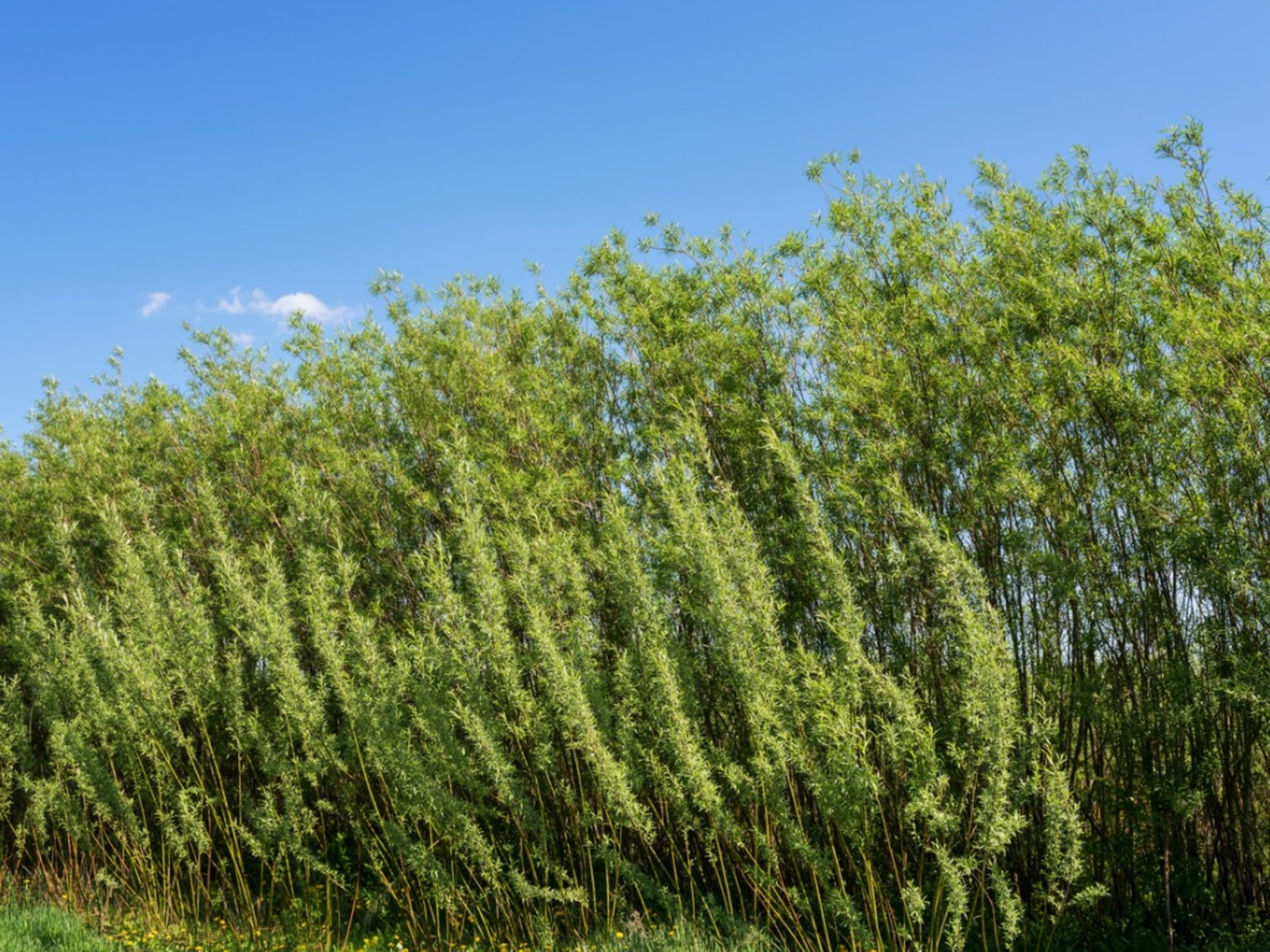 Living Willow Fence Ideas - Tips For Growing A Living Willow Fence
Living Willow Fence Ideas - Tips For Growing A Living Willow FenceCreating a living willow fence is an easy, inexpensive way to screen a view or divide garden areas. Read on to learn more.
By Susan Albert
-
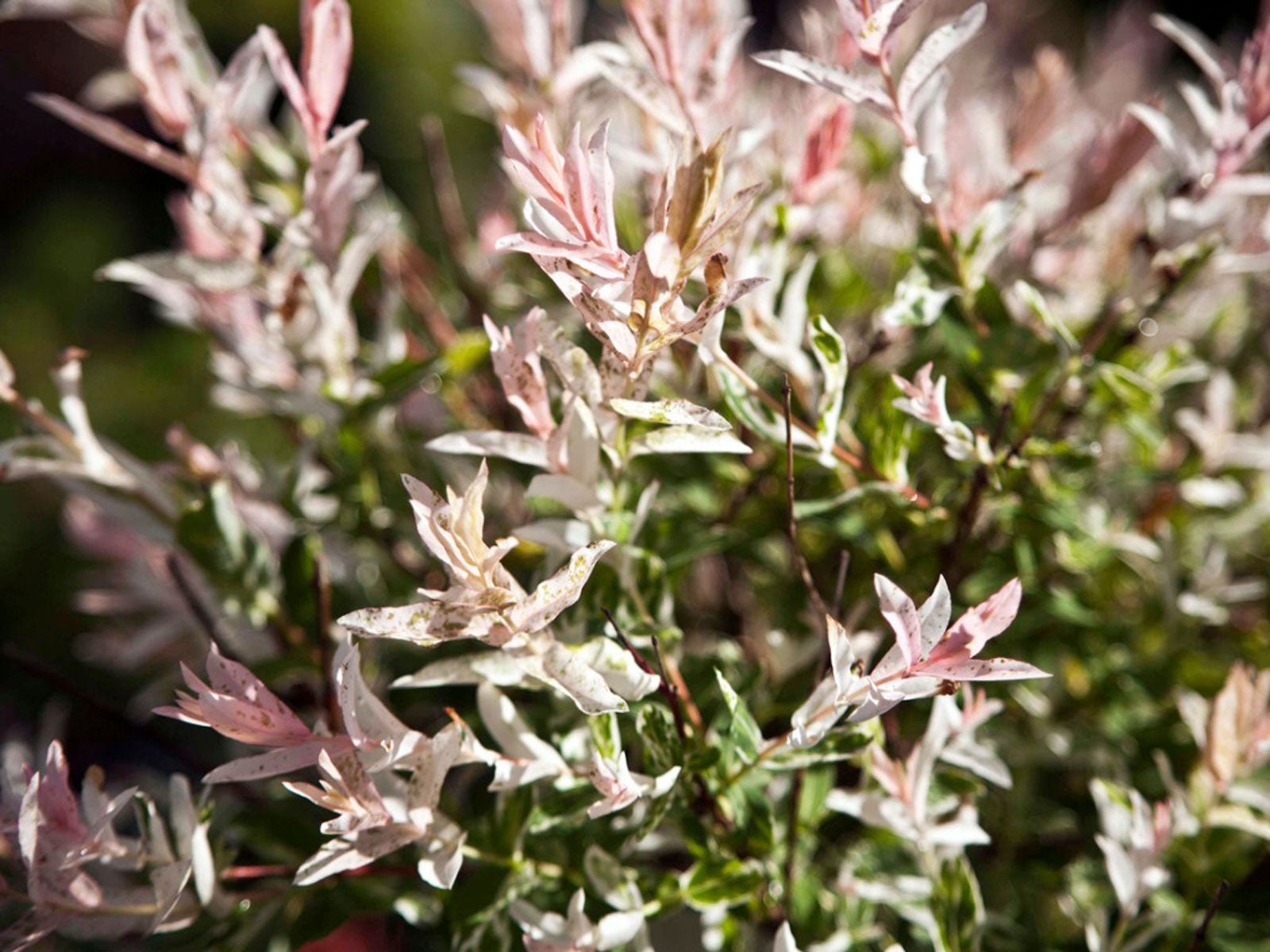 What’s Wrong With My Dappled Willow: Common Dappled Willow Problems
What’s Wrong With My Dappled Willow: Common Dappled Willow ProblemsDappled willow is one of the smaller members of the willow family. Although undemanding, it will occasionally see problems. Learn about them here.
By Teo Spengler
-
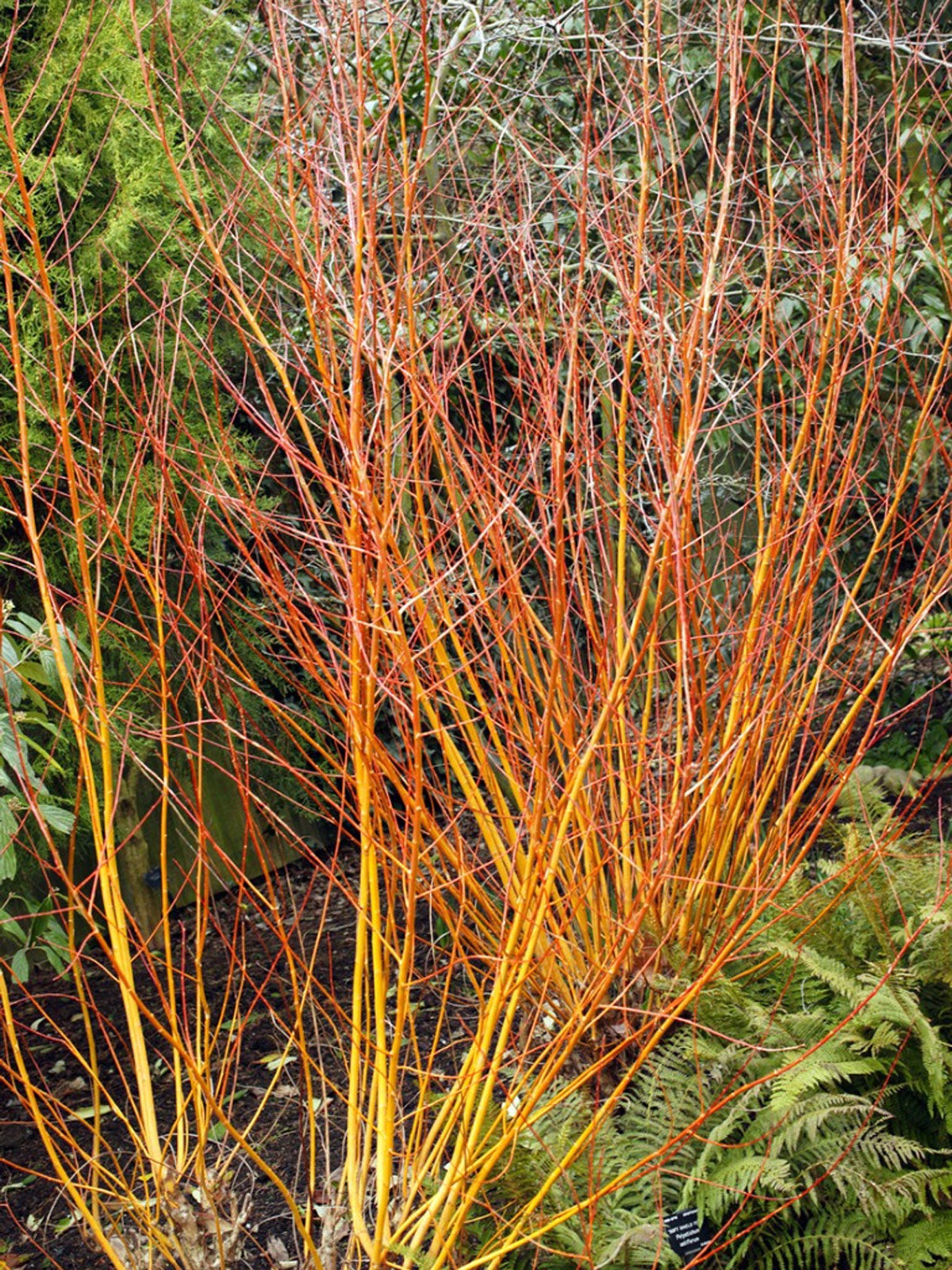 Coral Bark Willow Care – What Is A Coral Bark Willow Tree
Coral Bark Willow Care – What Is A Coral Bark Willow TreeFor lovely winter interest and nice summer foliage, you can’t go wrong with coral bark willow shrubs. Click here for tips on coral bark willow care.
By Teo Spengler
-
 Willow Varieties – Types Of Willow Trees To Grow In The Landscape
Willow Varieties – Types Of Willow Trees To Grow In The LandscapeIf you are curious about which willow varieties might work well in your yard or garden, you’ll need to start by figuring out how much room you have and what growing conditions you can offer. Click here for an overview of popular varieties of willows.
By Teo Spengler
-
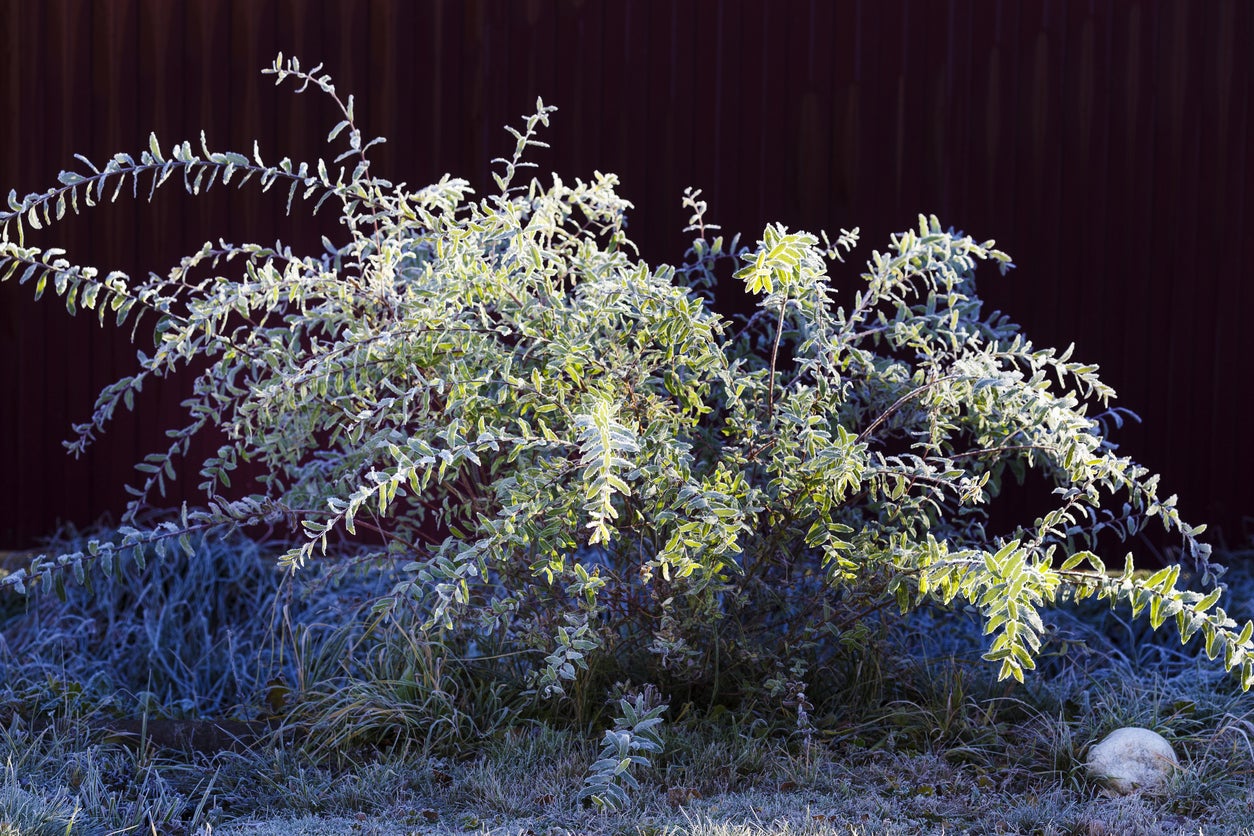 Pruning A Dappled Willow – How To Prune Dappled Willow Shrubs
Pruning A Dappled Willow – How To Prune Dappled Willow ShrubsThe dappled willow is a popular ornamental tree with a graceful weeping habit. Since this tree grows quickly, pruning a dappled willow is always an important part of the maintenance. Click here for information on dappled willow pruning.
By Teo Spengler
-
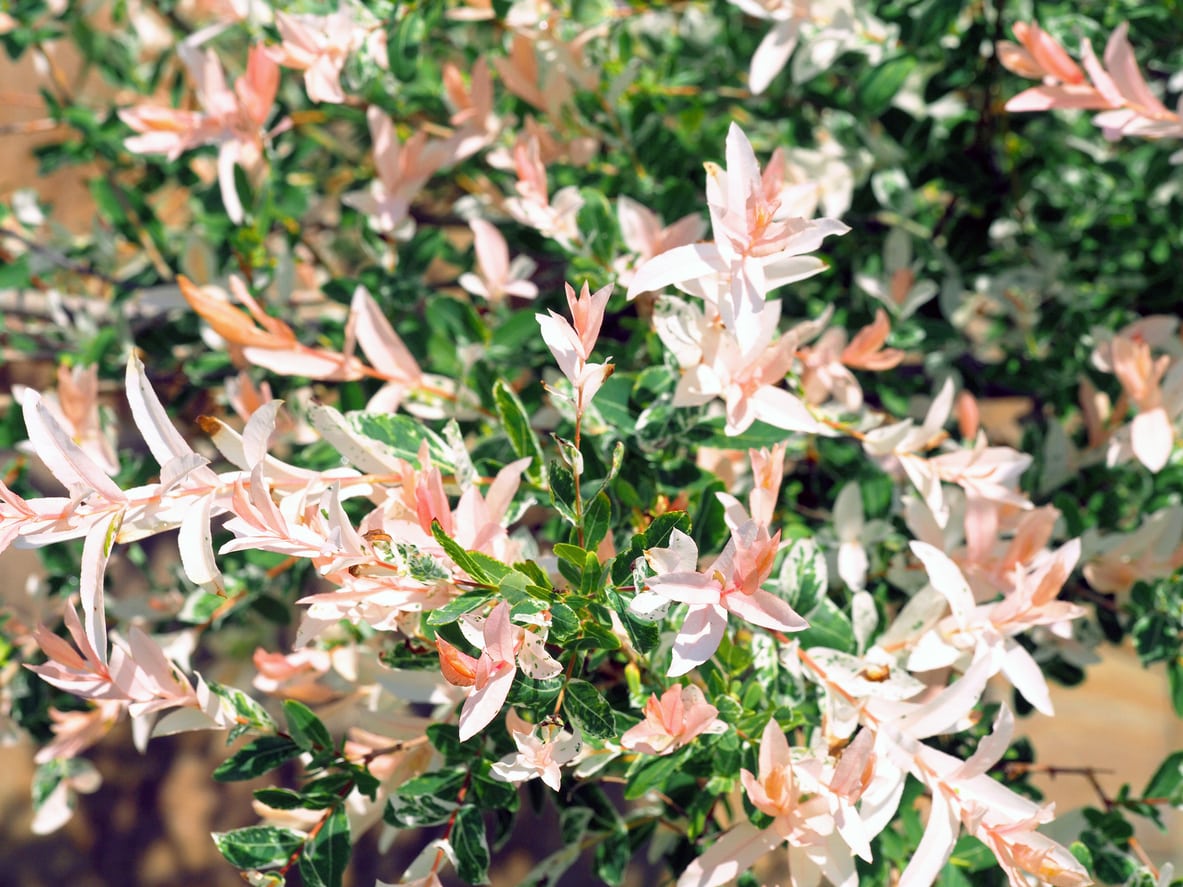 Japanese Willow Pruning – How To Cut Back A Japanese Willow Tree
Japanese Willow Pruning – How To Cut Back A Japanese Willow TreeLike most willows, Japanese willow trees grow extremely fast. Trimming Japanese willows is a chore you may have to do several times a year to keep the shape and size in check. Click this article to learn how to prune Japanese willows.
By Darcy Larum
-
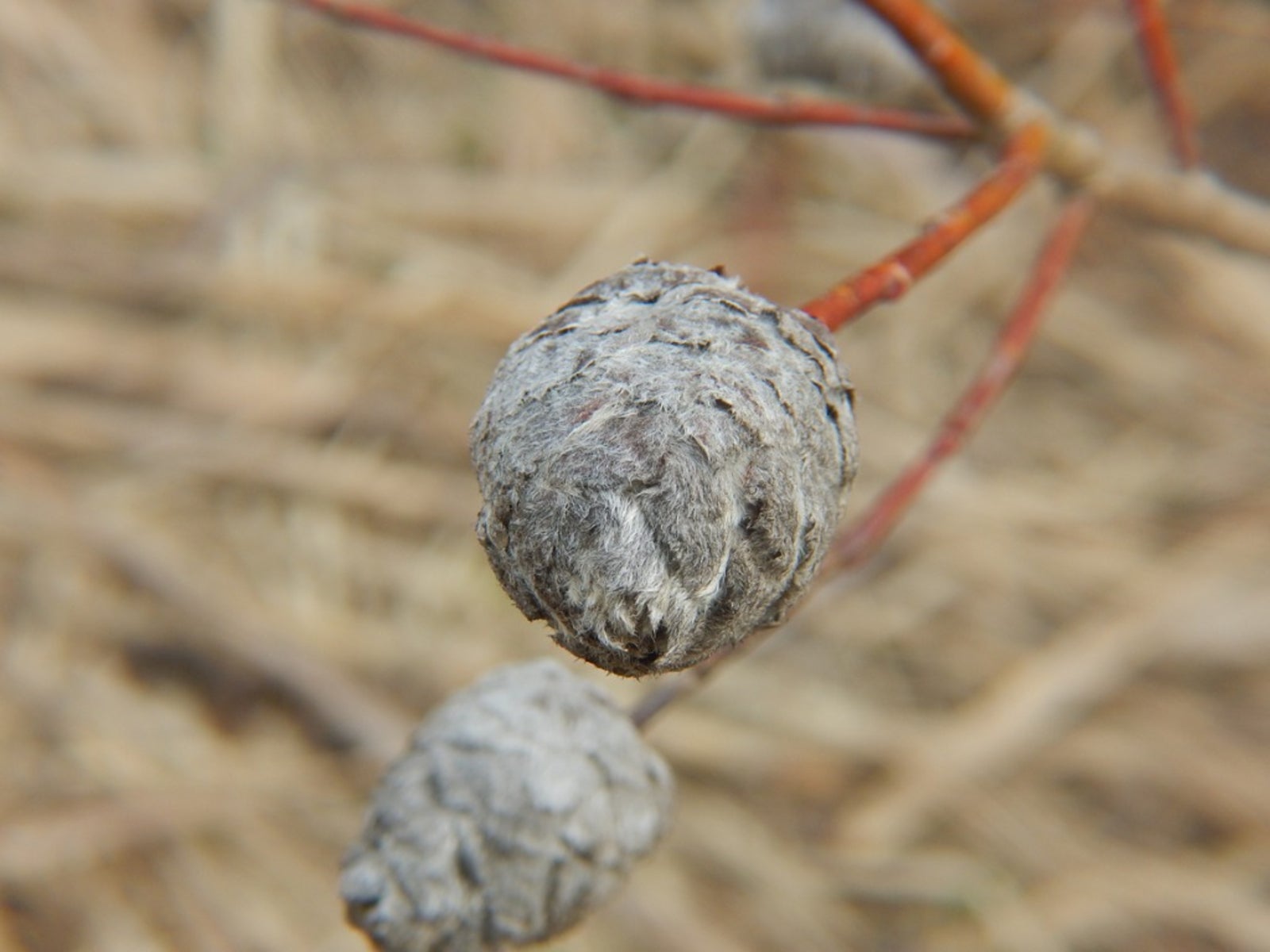 What Are Willow Galls: Learn About Galls On Willow Trees
What Are Willow Galls: Learn About Galls On Willow TreesWillow tree galls are unusual growths that appear on willow trees. You may see different varieties on leaves, shoots, and roots. The galls are caused by sawflies and other pests as well as bacteria and can look quite different depending on the pest causing them. Learn more here.
By Teo Spengler
-
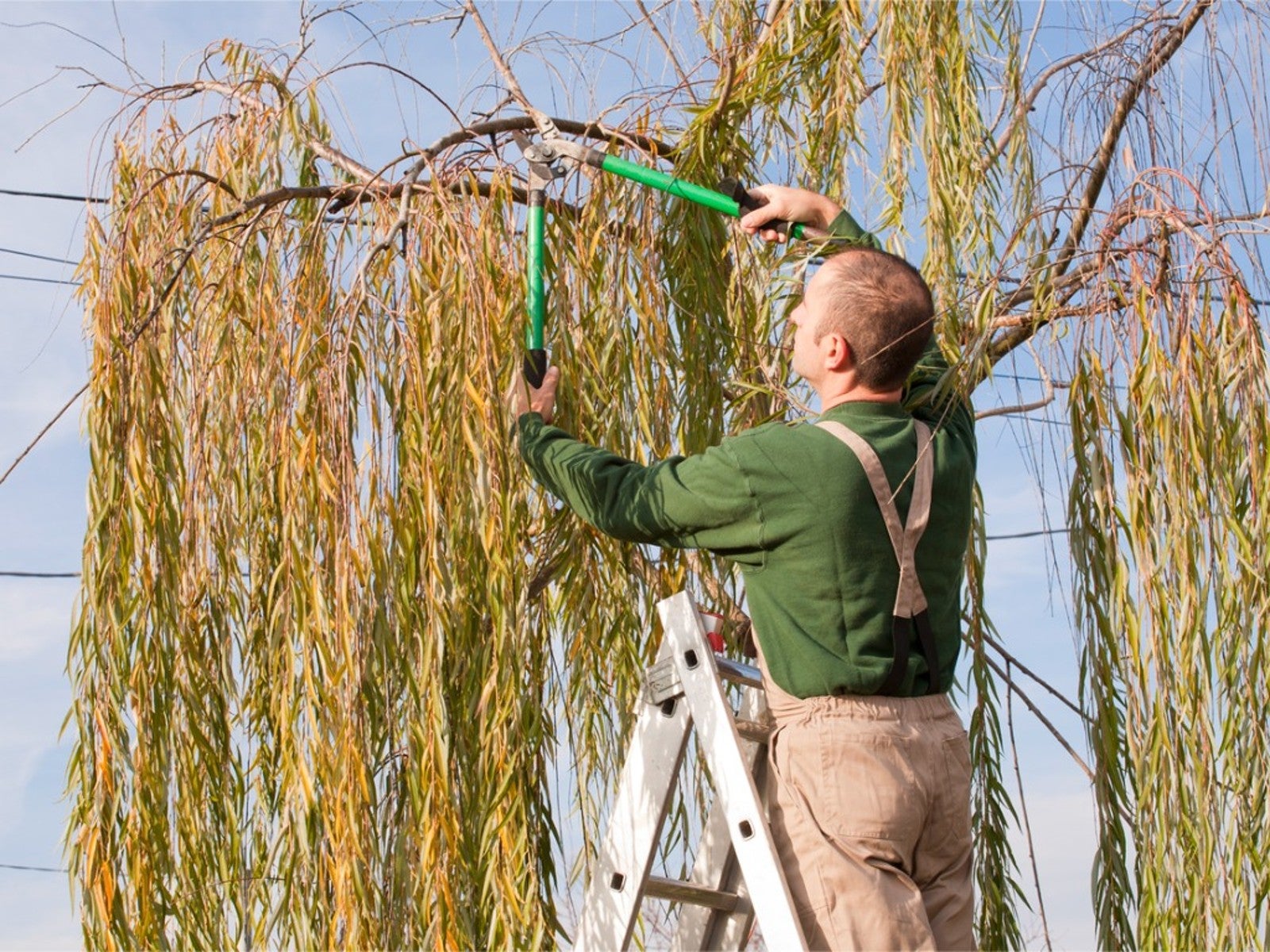 Weeping Willow Pruning: Should I Cut Back A Weeping Willow Tree
Weeping Willow Pruning: Should I Cut Back A Weeping Willow TreeNo tree is more graceful than the beautiful weeping willow with its long tresses swaying gracefully in a breeze. But that cascading foliage and the branches that support it need to be cut back from time to time. Learn about pruning the tree in this article.
By Teo Spengler